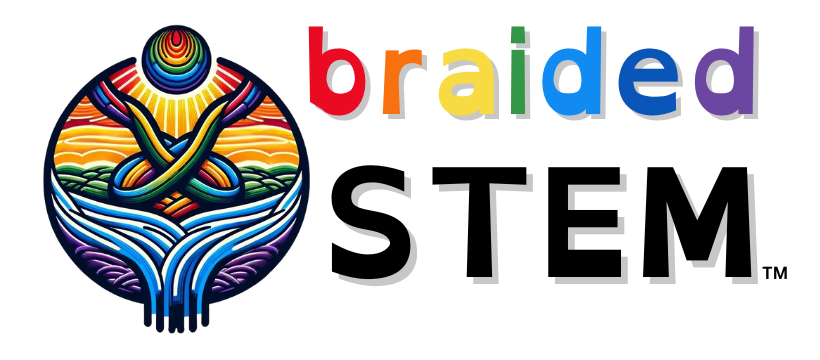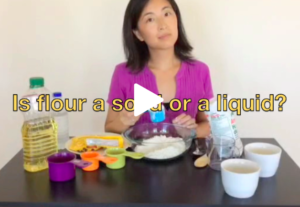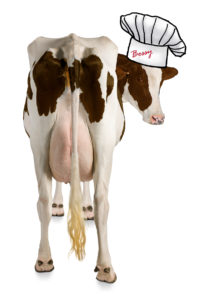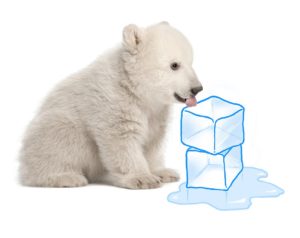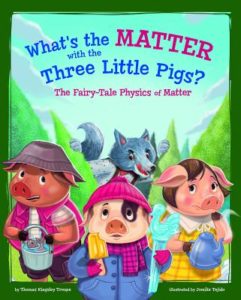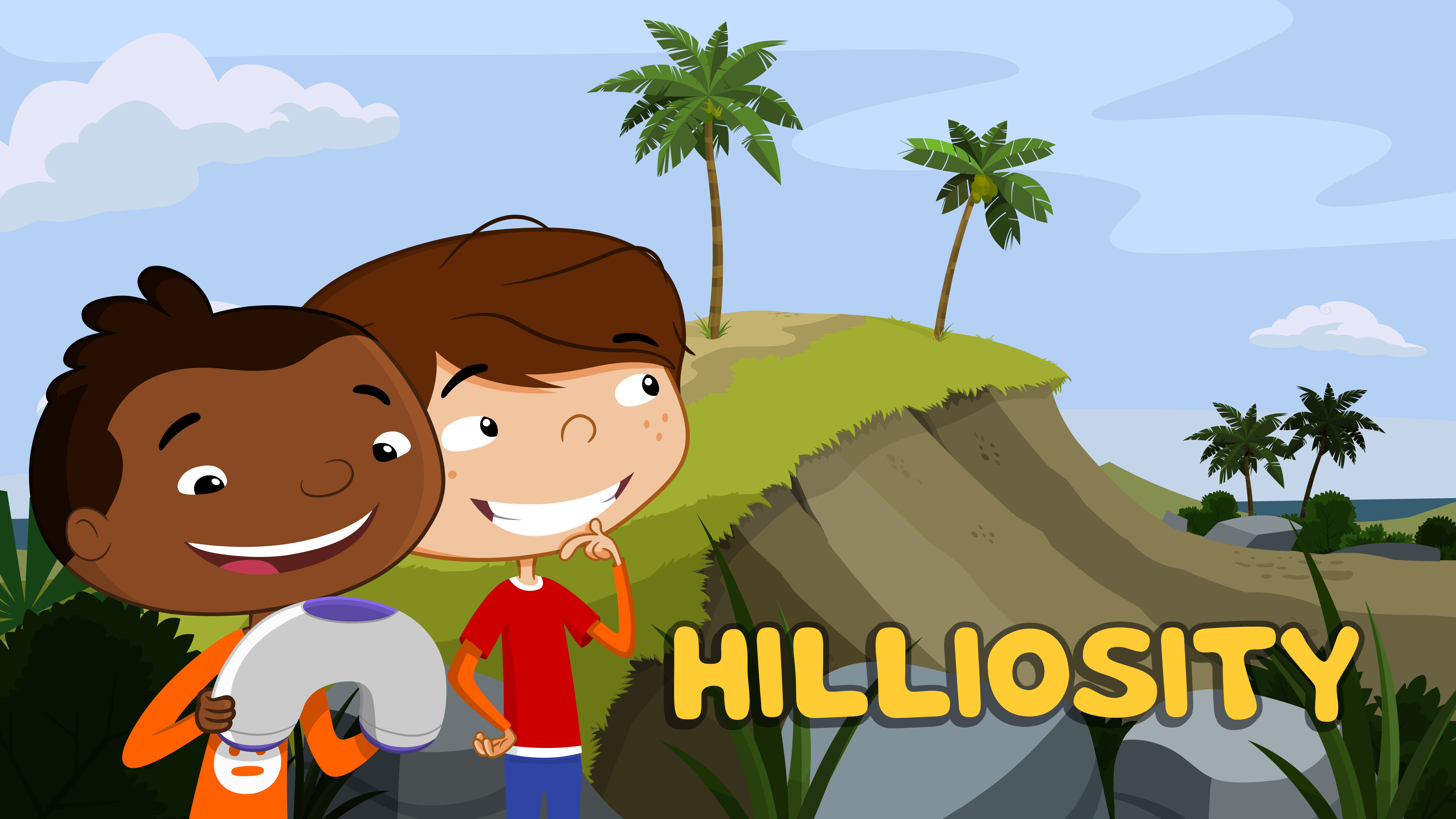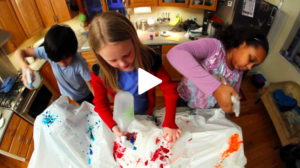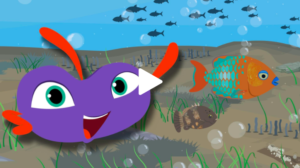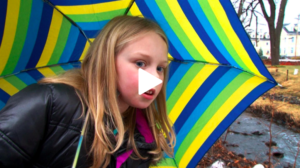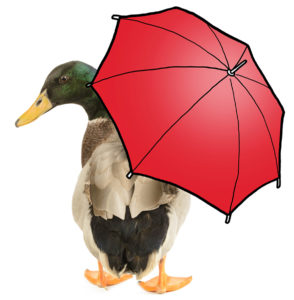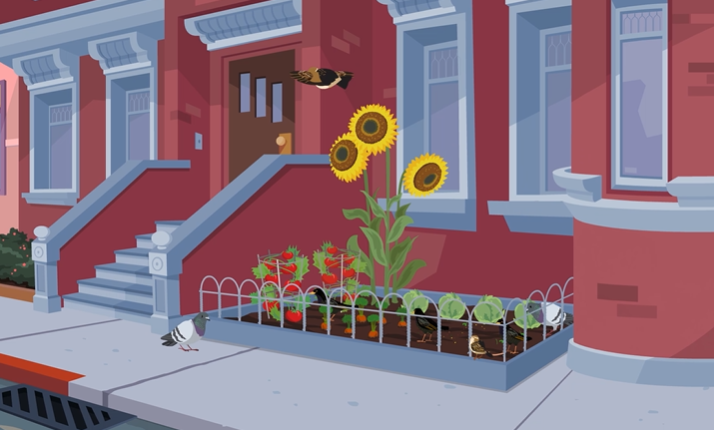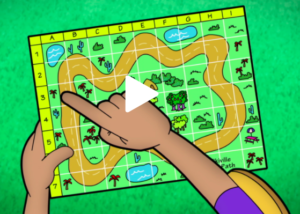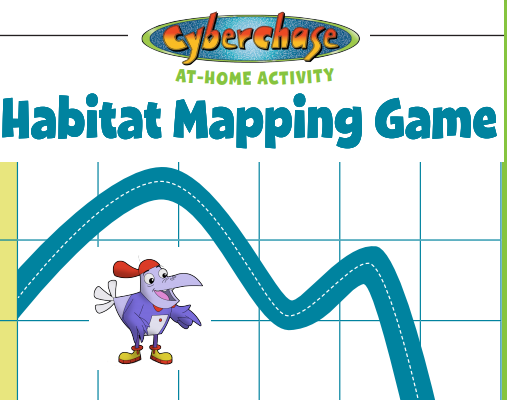2nd Grade AzSS-Aligned Resources
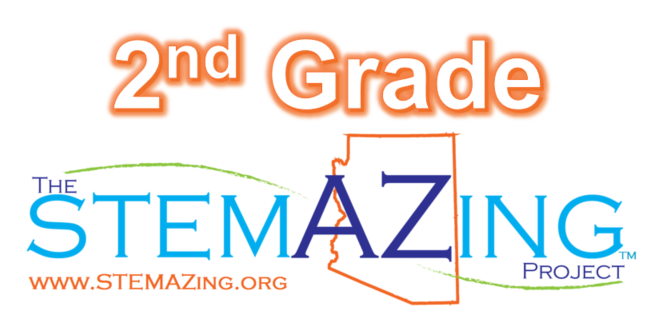
Lessons, videos, storylines, phenomena, and more all curated by The STEMAZing Project to link directly to 2018 Arizona Science Standards.
- 2.P1U1.1 (NGSS-S: 2-PS1-1) Plan and carry out an investigation to determine that matter has mass, takes up space, and is recognized by its observable properties; use the collected evidence to develop and support an explanation.
- 2.P1U1.2 (NGSS-P: 2-PS1-4) Plan and carry out investigations to gather evidence to support an explanation on how heating or cooling can cause a phase change in matter.
- 2.P4U1.3 (NGSS-P: 2-PS1-4) Obtain, evaluate and communicate information about ways heat energy can cause change in objects or materials.
- 2.E1U1.4 (NGSS-NC) Observe and investigate how wind and water change the shape of the land resulting in a variety of landforms.
- 2.E1U1.5 (NGSS-P: 2-ESS2-2 & 2-ESS2-3) Develop and use models to represent that water can exist in different states and is found in oceans, glaciers, lakes, rivers, ponds, and the atmosphere.
- 2.E1U2.6 (NGSS-P: K-ESS2-1) Analyze patterns in weather conditions of various regions of the world and design, test, and refine solutions to protect humans from severe weather conditions.
- 2.E1U3.7 (NGSS-S: K-ESS3-3) Construct an argument from evidence regarding positive and negative changes in water and land systems that impact humans and the environment.
- 2.E2U1.8 (NGSS-P: 1-ESS1-1) Observe and explain the Sun’s position at different times during a twenty-four-hour period and changes in the apparent shape of the Moon from one night to another.
- 2.L2U1.9 (NGSS-P: K-LS1-1) Obtain, analyze, and communicate evidence that organisms need a source of energy, air, water, and certain temperature conditions to survive.
- 2.L2U1.10 (NGSS-NC) Develop a model representing how life on Earth depends on energy from the Sun and energy from other organisms.
- Other 2nd Grade Resources
2.P1U1.1 (NGSS-S: 2-PS1-1) Plan and carry out an investigation to determine that matter has mass, takes up space, and is recognized by its observable properties; use the collected evidence to develop and support an explanation.
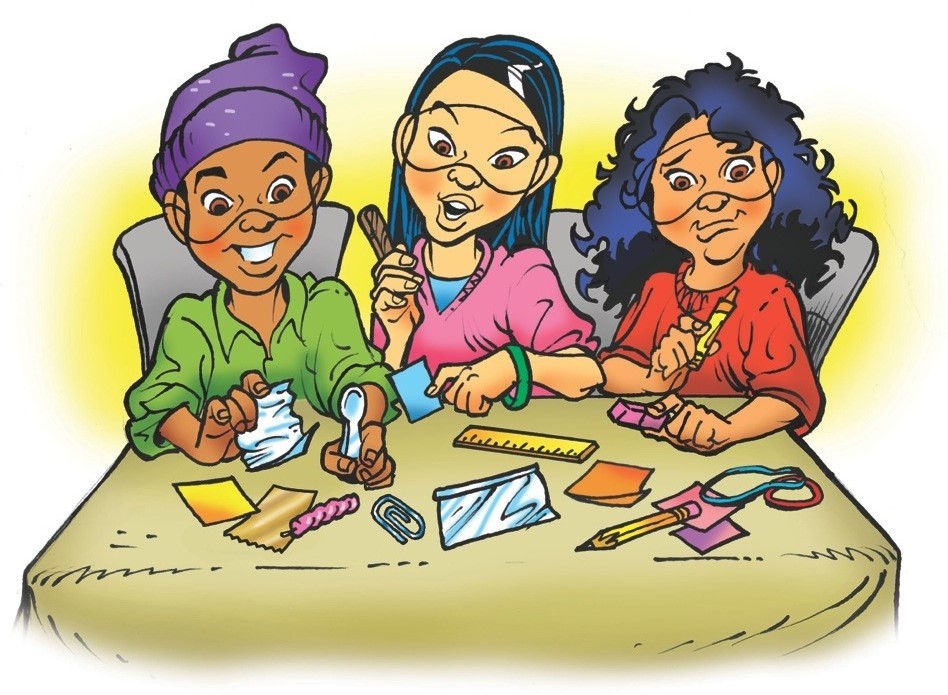
ACS Inquiry in Action: 2nd Grade Chapter 1 – Properties of Matter
Lesson 1.1 - Classifying Objects Based on their Observable Properties Students sort common objects according to characteristics such as shape, flexibility, and the material they are made from to investigate the question: Can you group ...
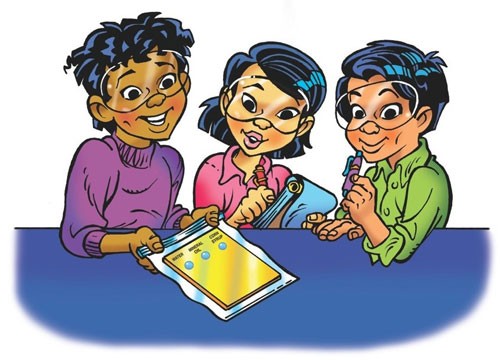
ACS Inquiry in Action: 2nd Grade Chapter 2 – Liquids Have Properties
Lesson 2.1 - Liquids have properties Students do simple tests to observe the properties of water, mineral oil, and corn syrup on the surface of a zip-closing plastic bag to investigate the question: Can liquids ...
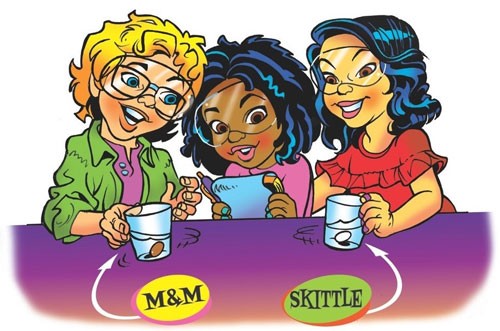
ACS Inquiry in Action: 2nd Grade Chapter 3 – Dissolving is a Property
Lesson 3.1 - Dissolving is a Property Students develop a test to compare the dissolving of an M&M and a Skittle in water to investigate the question: Do M&Ms and Skittles dissolve by the same ...
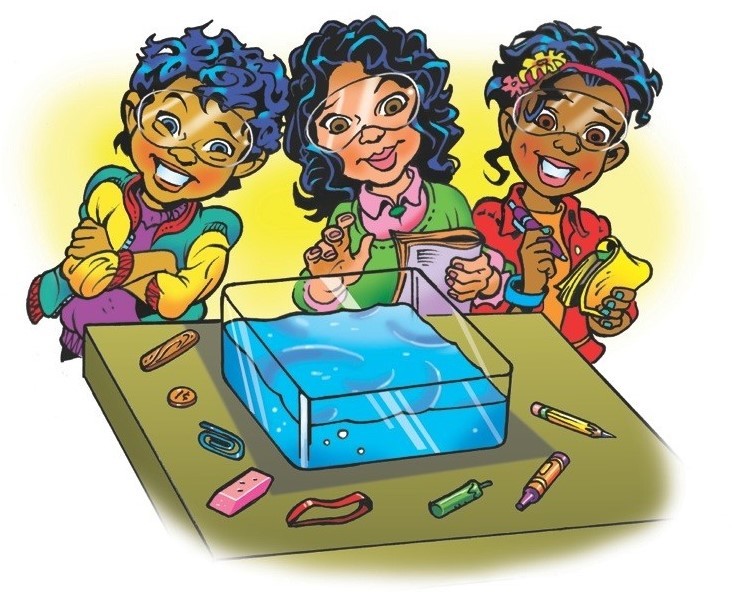
ACS Inquiry in Action: 2nd Grade Chapter 4 – Float and Sink
Lesson 4.1 - Float and Sink Students place small common objects made from wax, wood, metal, and rubber in water to investigate the question: Do certain materials tend to float or sink in water? ...

ACS Inquiry in Action: 2nd Grade Chapter 1 – Properties of Matter
Lesson 1.1 - Classifying Objects Based on their Observable Properties Students sort common objects according to characteristics such as shape, flexibility, and the material they are made from to investigate the question: Can you group ...

ACS Inquiry in Action: 2nd Grade Chapter 2 – Liquids Have Properties
Lesson 2.1 - Liquids have properties Students do simple tests to observe the properties of water, mineral oil, and corn syrup on the surface of a zip-closing plastic bag to investigate the question: Can liquids ...

ACS Inquiry in Action: 2nd Grade Chapter 3 – Dissolving is a Property
Lesson 3.1 - Dissolving is a Property Students develop a test to compare the dissolving of an M&M and a Skittle in water to investigate the question: Do M&Ms and Skittles dissolve by the same ...

ACS Inquiry in Action: 2nd Grade Chapter 4 – Float and Sink
Lesson 4.1 - Float and Sink Students place small common objects made from wax, wood, metal, and rubber in water to investigate the question: Do certain materials tend to float or sink in water? ...
2.P1U1.2 (NGSS-P: 2-PS1-4) Plan and carry out investigations to gather evidence to support an explanation on how heating or cooling can cause a phase change in matter.
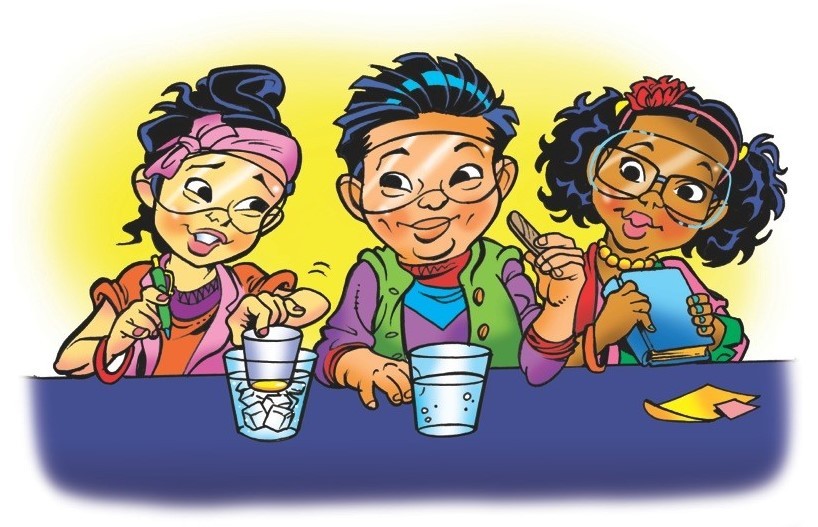
ACS Inquiry in Action: 2nd Grade Chapter 5 – Heating and Cooling
Lesson 5.1 - Changes Caused by Heating and Cooling Students warm butter until it melts and then cool it until it turns hard again as they investigate the question: How do substances change when they ...

ACS Inquiry in Action: 2nd Grade Chapter 5 – Heating and Cooling
Lesson 5.1 - Changes Caused by Heating and Cooling Students warm butter until it melts and then cool it until it turns hard again as they investigate the question: How do substances change when they ...
2.P4U1.3 (NGSS-P: 2-PS1-4) Obtain, evaluate and communicate information about ways heat energy can cause change in objects or materials.

ACS Inquiry in Action: 2nd Grade Chapter 5 – Heating and Cooling
Lesson 5.1 - Changes Caused by Heating and Cooling Students warm butter until it melts and then cool it until it turns hard again as they investigate the question: How do substances change when they ...

ACS Inquiry in Action: 2nd Grade Chapter 5 – Heating and Cooling
Lesson 5.1 - Changes Caused by Heating and Cooling Students warm butter until it melts and then cool it until it turns hard again as they investigate the question: How do substances change when they ...
2.E1U1.4 (NGSS-NC) Observe and investigate how wind and water change the shape of the land resulting in a variety of landforms.
2.E1U1.5 (NGSS-P: 2-ESS2-2 & 2-ESS2-3) Develop and use models to represent that water can exist in different states and is found in oceans, glaciers, lakes, rivers, ponds, and the atmosphere.
2.E1U2.6 (NGSS-P: K-ESS2-1) Analyze patterns in weather conditions of various regions of the world and design, test, and refine solutions to protect humans from severe weather conditions.
Save My House on the Hill – #SciencingAndEngineering with Maddie Schepper
A Civil Engineering Flood Protection Project #SciencingAndEngineering Project Resources Teacher Talk with 2nd grade teacher Ms. Maddie Schepper and Robot General Sherrie Dennis Project Plan (detailed lesson description with links to all resources) STEMAZing Kit ...
Save My House on the Hill – #SciencingAndEngineering with Maddie Schepper
A Civil Engineering Flood Protection Project #SciencingAndEngineering Project Resources Teacher Talk with 2nd grade teacher Ms. Maddie Schepper and Robot General Sherrie Dennis Project Plan (detailed lesson description with links to all resources) STEMAZing Kit ...
2.E1U3.7 (NGSS-S: K-ESS3-3) Construct an argument from evidence regarding positive and negative changes in water and land systems that impact humans and the environment.
No posts found.
No posts found.
2.E2U1.8 (NGSS-P: 1-ESS1-1) Observe and explain the Sun’s position at different times during a twenty-four-hour period and changes in the apparent shape of the Moon from one night to another
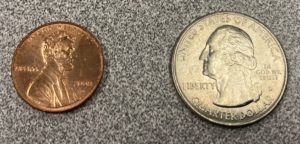
A Penny for Your Moon and a Quarter for Your Earth
Learning Objectives Children will… • demonstrate the motion of the Moon’s rotation. • demonstrate that the Moon keeps the same face toward Earth. Key Question Does the Moon rotate or turn on its axis? Materials ...
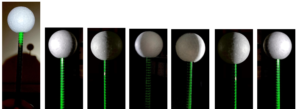
Phases of the Moon
Learning Objectives Children will… • become part of a model to demonstrate the phases of the moon. • match the phase of the moon they see using the model to phase of the moon cards ...

A Penny for Your Moon and a Quarter for Your Earth
Learning Objectives Children will… • demonstrate the motion of the Moon’s rotation. • demonstrate that the Moon keeps the same face toward Earth. Key Question Does the Moon rotate or turn on its axis? Materials ...

Phases of the Moon
Learning Objectives Children will… • become part of a model to demonstrate the phases of the moon. • match the phase of the moon they see using the model to phase of the moon cards ...
2.L2U1.9 (NGSS-P: K-LS1-1) Obtain, analyze, and communicate evidence that organisms need a source of energy, air, water, and certain temperature conditions to survive.
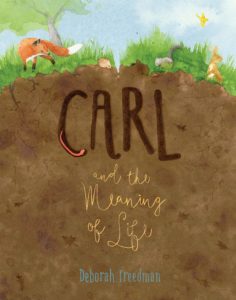
Carl and the Meaning of Life by Deborah Freedman (author and illustrator)
A story about finding your place in the world. Carl is an earthworm. He spends his days happily tunneling in the soil until a field mouse asks him a simple question that stops him short: ...
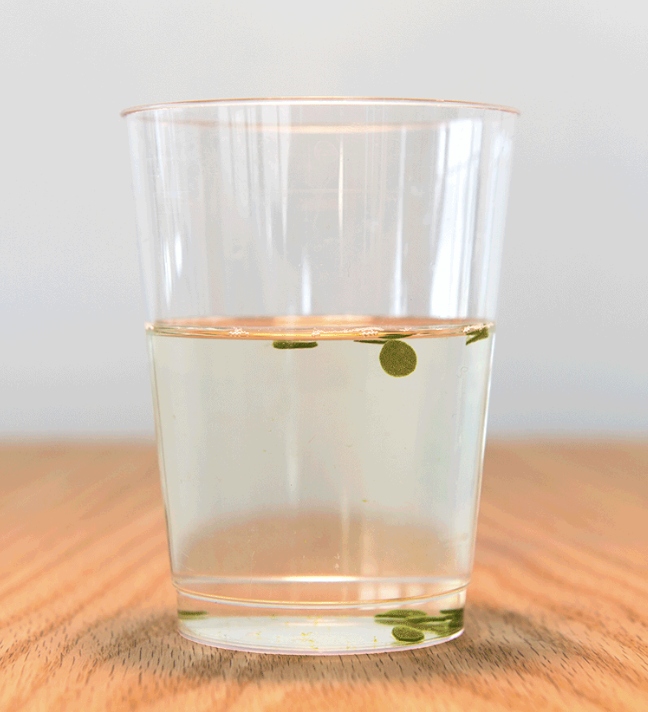
Photosynthetic Floatation – Science Snack from the Exploratorium
Photosynthetic organisms capture energy from the sun and matter from the air to make the food we eat, while also producing the oxygen we breathe. In this Snack, oxygen produced during photosynthesis makes leaf bits ...
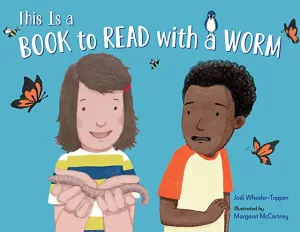
This Is a Book to Read With a Worm by Jodi Wheeler-Toppen (author) and Margaret McCartney (illustrator)
Foster a love of animals and science with this charming activity guide for finding and observing earthworms. Hands-on experiments help young biologists answer questions like "Which end is which?" and "Do worms make noise?" Insider ...
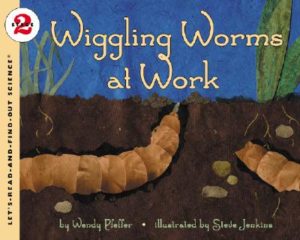
Wiggling Worms at Work by Wendy Pfeffer (author) and Steve Jenkins (illustrator)
Crawling through the dirt, worms are hard at work. Worms help the fruit and vegetables we eat by loosening the soil and feeding the plants. Read and find out about these wiggling wonders! ...
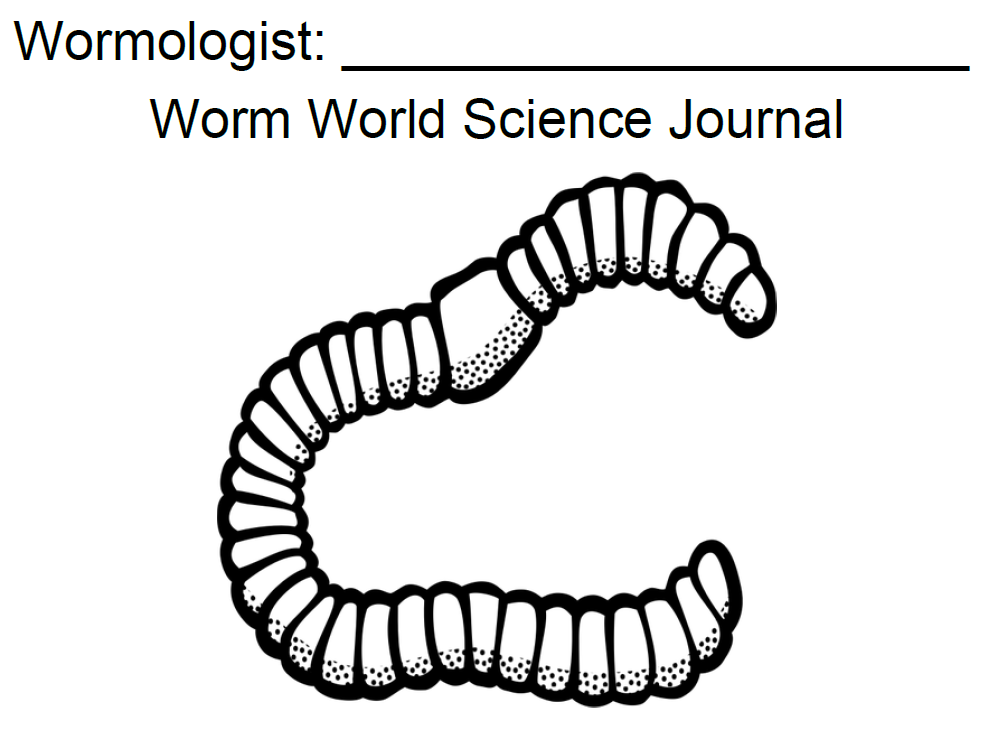
Worm World – #SciencingAndEngineering with Maddie Schepper
A Life Science Project for Wormologists The Worm World unit was designed for 2nd grade, but usable at many levels. #SciencingAndEngineering Project Resources Teacher Talk with 2nd grade teacher Ms. Maddie Schepper and Robot General ...
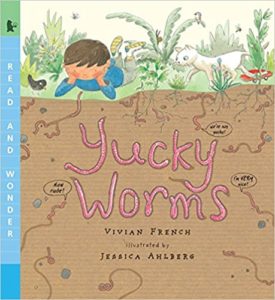
Yucky Worms by Vivian French (author) and Jessica Ahlberg (illustrator)
Who would want to be friends with a wiggly, slimy worm? You can’t even tell which end is which! But there’s more to these lowly creatures than meets the eye. Kids are invited to find ...

Carl and the Meaning of Life by Deborah Freedman (author and illustrator)
A story about finding your place in the world. Carl is an earthworm. He spends his days happily tunneling in the soil until a field mouse asks him a simple question that stops him short: ...

Photosynthetic Floatation – Science Snack from the Exploratorium
Photosynthetic organisms capture energy from the sun and matter from the air to make the food we eat, while also producing the oxygen we breathe. In this Snack, oxygen produced during photosynthesis makes leaf bits ...

This Is a Book to Read With a Worm by Jodi Wheeler-Toppen (author) and Margaret McCartney (illustrator)
Foster a love of animals and science with this charming activity guide for finding and observing earthworms. Hands-on experiments help young biologists answer questions like "Which end is which?" and "Do worms make noise?" Insider ...

Wiggling Worms at Work by Wendy Pfeffer (author) and Steve Jenkins (illustrator)
Crawling through the dirt, worms are hard at work. Worms help the fruit and vegetables we eat by loosening the soil and feeding the plants. Read and find out about these wiggling wonders! ...

Worm World – #SciencingAndEngineering with Maddie Schepper
A Life Science Project for Wormologists The Worm World unit was designed for 2nd grade, but usable at many levels. #SciencingAndEngineering Project Resources Teacher Talk with 2nd grade teacher Ms. Maddie Schepper and Robot General ...

Yucky Worms by Vivian French (author) and Jessica Ahlberg (illustrator)
Who would want to be friends with a wiggly, slimy worm? You can’t even tell which end is which! But there’s more to these lowly creatures than meets the eye. Kids are invited to find ...
2.L2U1.10 (NGSS-NC) Develop a model representing how life on Earth depends on energy from the Sun and energy from other organisms.

Carl and the Meaning of Life by Deborah Freedman (author and illustrator)
A story about finding your place in the world. Carl is an earthworm. He spends his days happily tunneling in the soil until a field mouse asks him a simple question that stops him short: ...

Photosynthetic Floatation – Science Snack from the Exploratorium
Photosynthetic organisms capture energy from the sun and matter from the air to make the food we eat, while also producing the oxygen we breathe. In this Snack, oxygen produced during photosynthesis makes leaf bits ...

This Is a Book to Read With a Worm by Jodi Wheeler-Toppen (author) and Margaret McCartney (illustrator)
Foster a love of animals and science with this charming activity guide for finding and observing earthworms. Hands-on experiments help young biologists answer questions like "Which end is which?" and "Do worms make noise?" Insider ...

Wiggling Worms at Work by Wendy Pfeffer (author) and Steve Jenkins (illustrator)
Crawling through the dirt, worms are hard at work. Worms help the fruit and vegetables we eat by loosening the soil and feeding the plants. Read and find out about these wiggling wonders! ...

Worm World – #SciencingAndEngineering with Maddie Schepper
A Life Science Project for Wormologists The Worm World unit was designed for 2nd grade, but usable at many levels. #SciencingAndEngineering Project Resources Teacher Talk with 2nd grade teacher Ms. Maddie Schepper and Robot General ...

Yucky Worms by Vivian French (author) and Jessica Ahlberg (illustrator)
Who would want to be friends with a wiggly, slimy worm? You can’t even tell which end is which! But there’s more to these lowly creatures than meets the eye. Kids are invited to find ...

Carl and the Meaning of Life by Deborah Freedman (author and illustrator)
A story about finding your place in the world. Carl is an earthworm. He spends his days happily tunneling in the soil until a field mouse asks him a simple question that stops him short: ...

Photosynthetic Floatation – Science Snack from the Exploratorium
Photosynthetic organisms capture energy from the sun and matter from the air to make the food we eat, while also producing the oxygen we breathe. In this Snack, oxygen produced during photosynthesis makes leaf bits ...

This Is a Book to Read With a Worm by Jodi Wheeler-Toppen (author) and Margaret McCartney (illustrator)
Foster a love of animals and science with this charming activity guide for finding and observing earthworms. Hands-on experiments help young biologists answer questions like "Which end is which?" and "Do worms make noise?" Insider ...

Wiggling Worms at Work by Wendy Pfeffer (author) and Steve Jenkins (illustrator)
Crawling through the dirt, worms are hard at work. Worms help the fruit and vegetables we eat by loosening the soil and feeding the plants. Read and find out about these wiggling wonders! ...

Worm World – #SciencingAndEngineering with Maddie Schepper
A Life Science Project for Wormologists The Worm World unit was designed for 2nd grade, but usable at many levels. #SciencingAndEngineering Project Resources Teacher Talk with 2nd grade teacher Ms. Maddie Schepper and Robot General ...

Yucky Worms by Vivian French (author) and Jessica Ahlberg (illustrator)
Who would want to be friends with a wiggly, slimy worm? You can’t even tell which end is which! But there’s more to these lowly creatures than meets the eye. Kids are invited to find ...
Other 2nd Grade Resources

2nd Grade AzSS vs NGSS Planning Guide
Great for cross-referencing the Arizona Science Standards to the Next Generation Science Standards (NGSS) when looking for resources from collections aligned to NGSS. S = strong alignment (same science and engineering practice, same content). P ...

2nd Grade AzSS vs NGSS Planning Guide
Great for cross-referencing the Arizona Science Standards to the Next Generation Science Standards (NGSS) when looking for resources from collections aligned to NGSS. S = strong alignment (same science and engineering practice, same content). P ...
